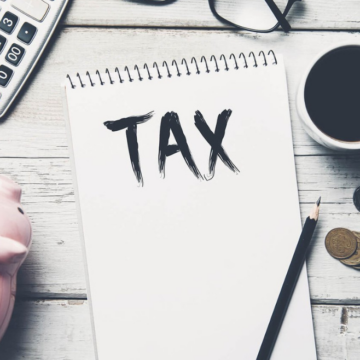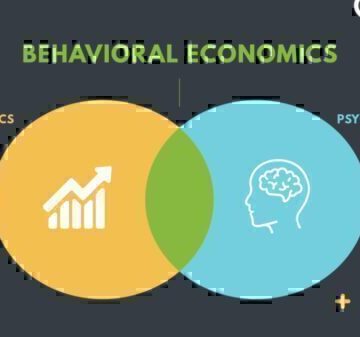Although each credit reporting agency formats and reports this information differently, all credit reports contain basically the same categories of information.
Identifying Information
Your name, address, social security number, date of birth and employment information is used to identify you. These factors are not used in credit scoring. Updates to this information come from information you supply to lenders.
Trade Lines
These are your credit and some utility accounts. Lenders report on each account you have established with them. They report the type of account (bankcard, auto loan, mortgage, etc), the date you opened the account, your credit limit or loan amount, the account balance, and your payment history.
Credit Inquiries
When you apply for a loan, you authorize your lender to request a copy of your credit report. This is how inquiries appear on your credit report. The inquiries section contains a list of everyone who accessed your credit report within the last two years.
Public Record and Collection Items
Credit reporting agencies also collect public record information from federal, state and county courts, and information on overdue debt from collection agencies. Public record information includes bankruptcies, foreclosures, suits, wage attachments, liens, and judgments.
Suggestions for Reading A Credit Report
Once you have your credit reports in hand, review them carefully. The reports from each credit reporting agency differ in format, clarity, and completeness. Be sure to verify the critical information listed below:
- Verify that all identifying information is correct. Check to make sure there are no errors in your name, address, employment, social security number, or other personal information.
- Make sure that the accounts appearing in your name are truly yours. Check to make sure that there are no accounts, debts, bankruptcies, tax liens or other judgments that do not belong to you or are still listed as open even though they have been resolved.
- Make sure your payment history and balances are accurate.
- Verify that errors you successfully disputed have been corrected.
- Check that information is accurate and current.
- Verify the status of each account is correct. They may be inaccurately marked delinquent or in collections.
- Make sure that your information reported by each of the three bureaus is complete and consistent.
- If you find errors or incomplete information, take action by filing a dispute with the credit reporting bureaus.
Review Your Credit Report with one of our financial experts.
GreenPath Financial Service
GreenPath, A Financial Resource
If you’re interested in building healthy financial habits, paying down debt, or saving for what matters most, take a look at these free financial tools.










